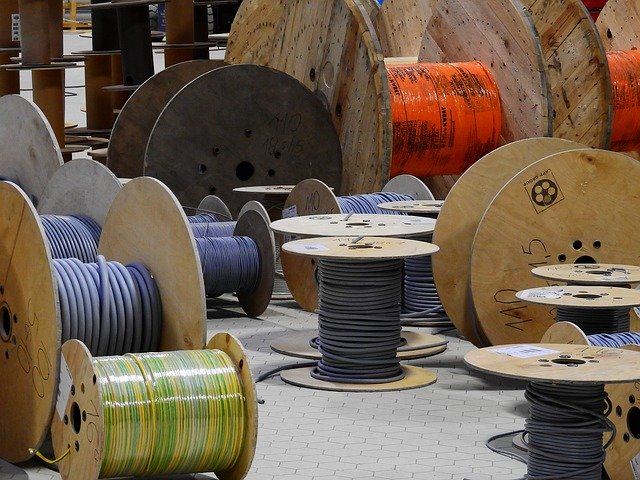The selection of Power cables for a given reason relies upon various factors. Hence selection of it is never a straightforward errand. Selection is additionally made difficult as there is such a huge assortment of cables accessible in the market and to make it simpler for you to utilize the cable size calculator device for effective selection.
Evaluated Voltage
It is necessary to select a power cable capable of supporting a particular framework voltage. On account of an AC framework, the evaluated voltage of the power cable ought to consistently be equivalent to or more noteworthy than the framework voltage. The exact appraised voltage selection of power cable relies upon earth blame and withstand cutoff points and specifications considerations that are made by the power framework creators.
According to IEC principles following three classifications exist:
Category A: The earth shortcoming must be cleared inside 1 second
Category B: Earth shortcoming cleared inside 1 hour for IEC-183 sort cables, and cleared inside 8 hours for IEC-502 sort cables
Category C: All frameworks not covered under An and B
For categories A and B – cables with the equivalent appraised voltage as framework voltage can be chosen. Be that as it may, for Category C, the evaluated voltage of cable ought to be higher than the framework voltage.
Current Carrying Capacity
Each power cable is intended to work under certain temperature conditions. The current carrying capacity of the power cable is likewise subject to conductor material (Copper/Aluminum) and protection type. Consequently, Copper conductor cable has a more prominent current carrying capacity than Aluminum.
Working a cable continuously past its appraised current carrying capacity abbreviates the life expectancy of the cable, as the protection becomes inclined to disappointment. The current carrying capacity is additionally reliant on working temperature.
Derating Factor
A power cable structured with standard working conditions may not work so in practice. Therefore, the current-carrying capacity may get impacted because of this. Cables introduced profoundly under the ground will have reduced current carrying capacity than cables introduced in air. This is impacted because of numerous factors like soil temperature, soil thermal resistivity, etc. So as to manage this, a Derating Factor is associated with cables to show up at the actual estimation of the current-carrying capacity.
Voltage Drop
A power cable manufacturer gives this as a component of their datasheet. A voltage drop across the length of the power cable is significant. It is communicated as mV/A-m. The voltage drop per unit length of cable ought to be as least as could reasonably be expected in order to get voltage at conveyance end around equivalent to the supply side.
Short Circuit Withstand
A power cable in case of a short out occasion ought to have the option to withstand the high current qualities with no harm to the cable and protection. The selection of short out current withstands capacity of a power cable is directly reliant on the specification of the connected protection device.
Accessibility of Cables
This should be checked with the manufacturer or the seller of a particular cable. Cables are manufactured in certain base length portions. Therefore, it will be difficult to procure a 30-meter length of 300 sq-mm cables than a 300-meter length of the same cable.
Bending Radius
Huge sized multi-core cables have greater bowing range than little sized cables. Therefore an equivalent size multi-core XLPE cable has more bowing range than a PVC. So as to overcome this, a contractor may need to pick separate single-core cables.
